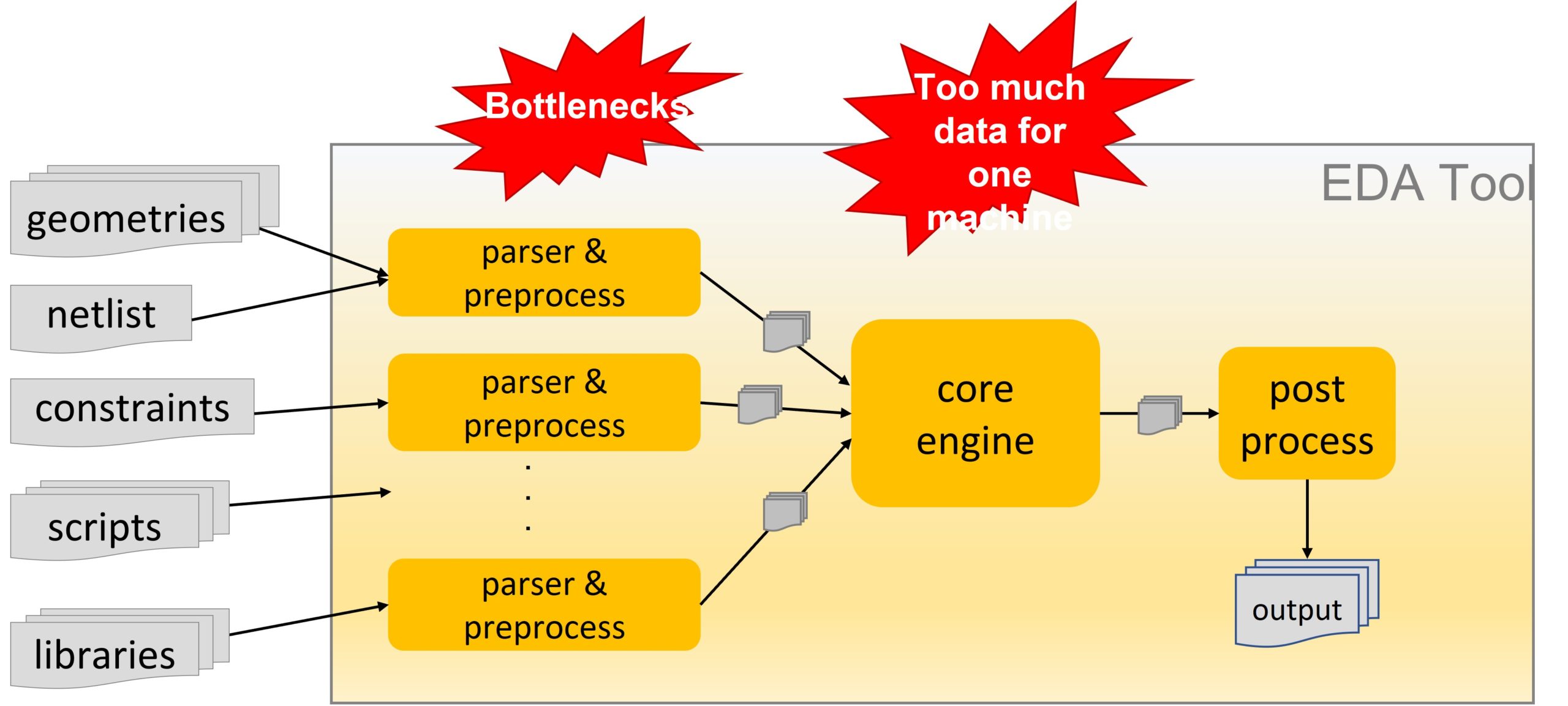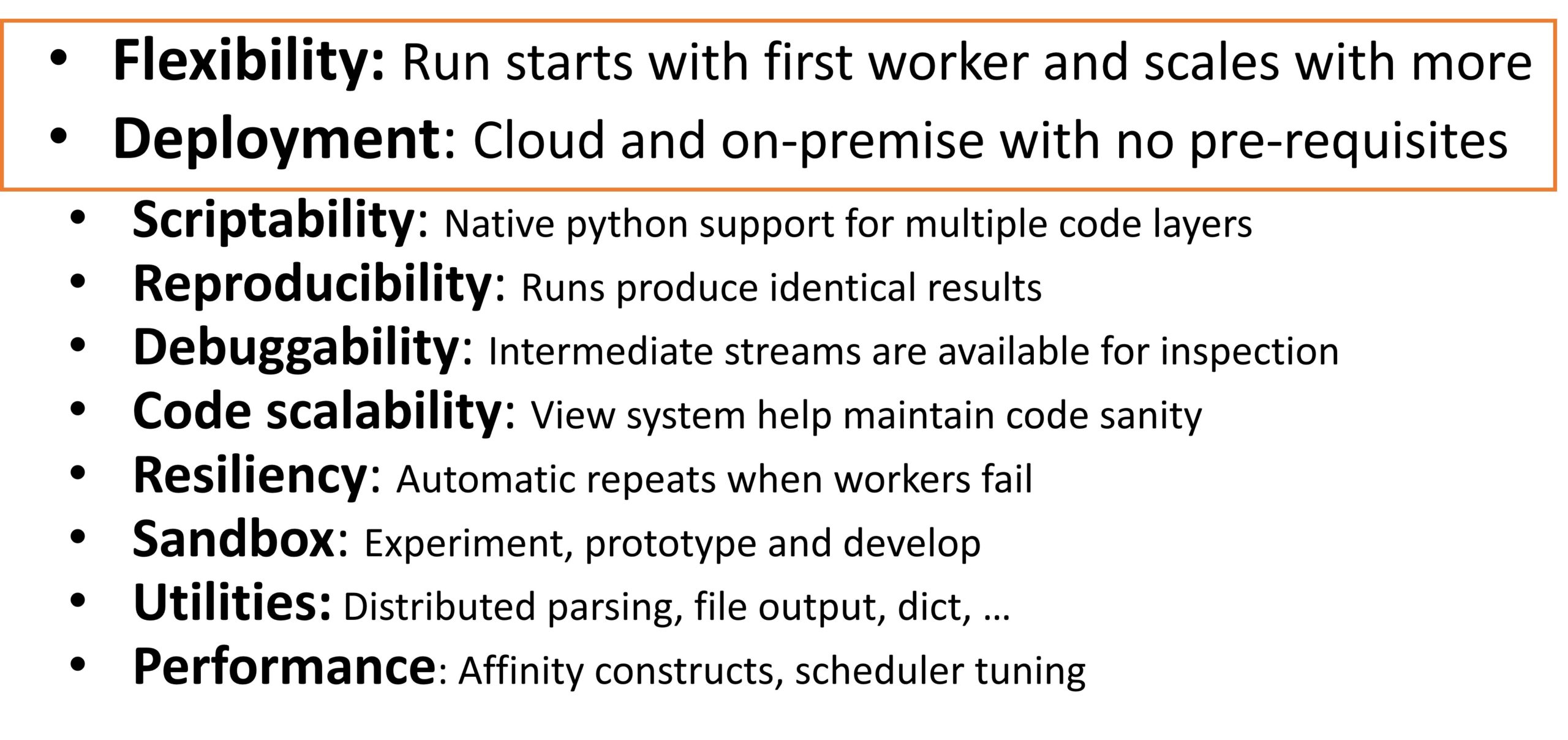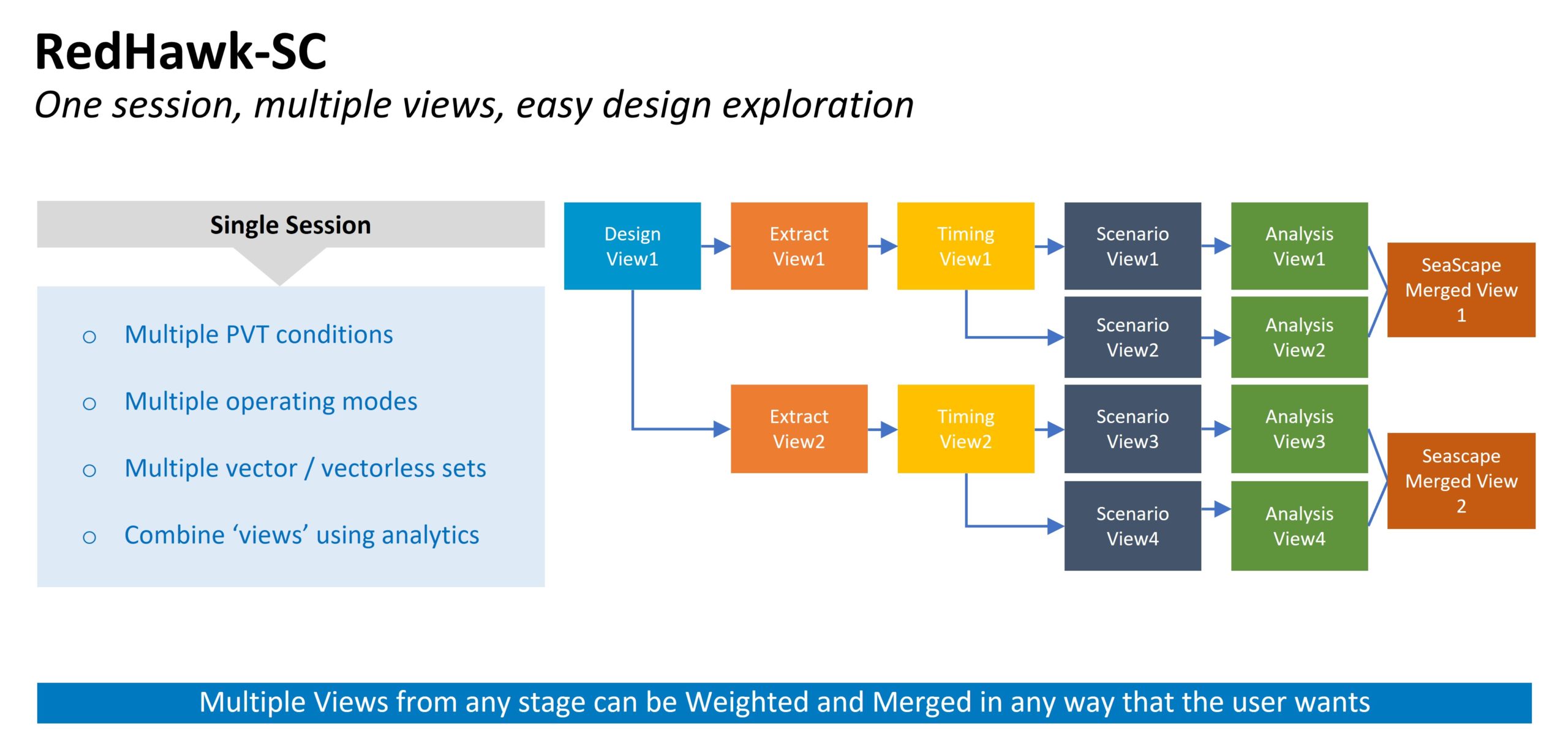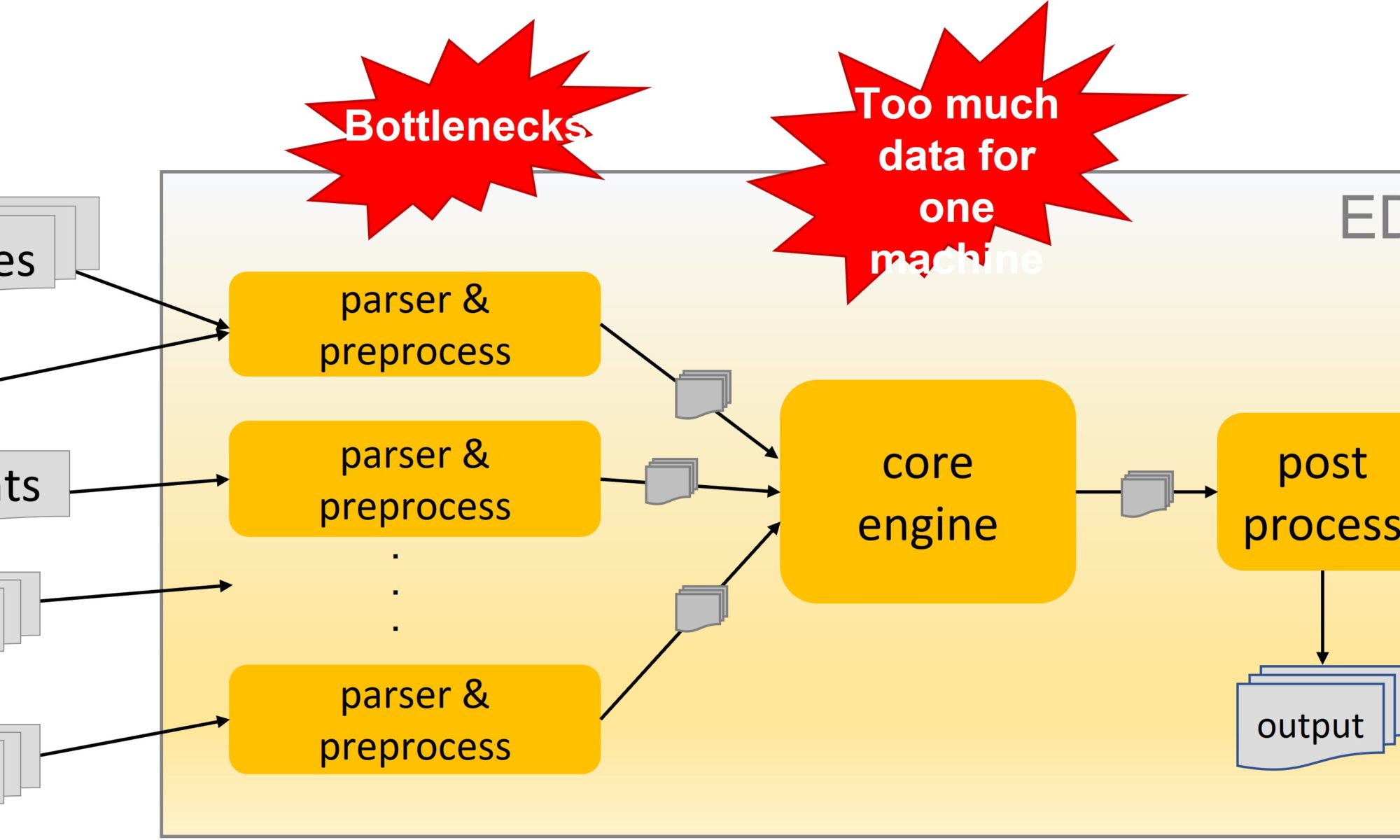The electronic design community is well aware that it faces a daunting challenge to analyze and sign off the next generation of huge multi-die 3D-IC systems. Most of today’s EDA tools require extraordinary resources in specialized computers with terabytes of RAM and hundreds of processors. Customers don’t want to keep buying more of these expensive systems. It was interesting then to see an alternative approach discussed at the Ansys IDEAS Digital Forum that promises a more scalable approach to dealing with huge design sizes.

The session titled “SeaScape Analysis Platform – What’s Up and What’s Coming” was presented by Scott Johnson, senior engineer in the Ansys R&D team. Scott summed up the challenge as the need for a way to make use of the thousands of cheap, generic computers made available by commercial cloud providers. The proposed answer is called SeaScape and it shares many similarities with the open source Spark analytics engine from Apache. But SeaScape was created and designed specifically for EDA applications and it greatly simplifies the application of big-data techniques for electronic design. Users don’t need to worry about process messaging or resource scheduling or any of that. SeaScape’s internal scripting and user interface is based on Python – the world’s most popular coding language that comes with a huge open source ecosystem.
SeaScape is pre-built for the cloud and designed to require minimal setup. Scott stated that one of its primary benefits is the elastic compute resource allocation that allows every job to start as soon as even a single CPU is ready, and more CPUs will be conscripted as they become available and as required by the tool.

Instant start-up and easy cloud deployment are just two of the major benefits offered by SeaScape’s big-data distributed data processing technology
Following this introduction to SeaScape Scott turned his focus to practical deployment of SeaScape. The first product implementation was in Ansys RedHawk-SC. RedHawk is the EDA industry golden signoff tool for chip power integrity analysis. RedHawk has been ported onto the SeaScape data platform and is now RedHawk-SC, which is currently in widespread production use at most leading semiconductor houses.
One of the really unique features over traditional EDA tools made possible in RedHawk-SC thanks to SeaScape is that a single session can simultaneously analyze multiple views, scenarios, and PVT corners. That means that a single RedHawk-SC session will generate multiple extraction views in the physical space, multiple transient analyses, multiple signal integrity views, and so forth.
The consequence of this massive parallelism is that additional analytics become possible that were never available before. This includes predictive analytics derived when things like switching activity, physical location, and timing criticality are combined in true multi-variable analysis to create an avoidance score that tells designers early on what things probably will work well and what won’t. As Scott points out, “Having this breadth of data available at your fingertips is a game changer!”. Customers can also customize RedHawk-SC’s analyses and tailor them to their signoff needs through the Python scripting interface.

SeaScape is in production use in RedHawk-SC for power integrity signoff of some of the world’s largest digital chips. It’s ability to analyze multiple operational corners at the same time is a huge advance in speed and analytics
The last section of Scott’s presentation described some of the advanced capabilities on offer in RedHawk-SC that were made possible by SeaScape. These include:
- Reliable analysis of dynamic voltage drop (DvD) by simultaneously analyzing many thousands of possible switching scenarios in order to give extremely high coverage.
- DvD diagnosis capabilities that untangle which cells are the ultimate root causes of observed voltage drops and focus debugging effort in the right places.
- Use the analysis data to perform very fast ‘what-if’ queries in a matter of seconds
- Construct hierarchical reduced order models (ROM) that capture the essentials of the interactions between multiple components with much faster runtimes
- Analyze the low-frequency power noise in the package so their impact can be decoupled from the analysis of high-frequency power noise in each chip. This speeds up analysis where both slow and fast signals interact
Scott summarized SeaScape as a better way forward to handle today’s huge design sizes and rising complexity by harnessing the power of many small machines in the cloud, completing even the biggest tasks in a single day, and bringing together disparate data sources to improve the quality and power of information delivered to the user.
More technical sessions and designer case studies are available at Ansys IDEAS Digital forum at www.ansys.com/ideas .

Also Read
Ansys Talks About HFSS EM Solver Breakthroughs
Ansys IDEAS Digital Forum 2021 Offers an Expanded Scope on the Future of Electronic Design
Have STA and SPICE Run Out of Steam for Clock Analysis?
Share this post via:






Comments
There are no comments yet.
You must register or log in to view/post comments.